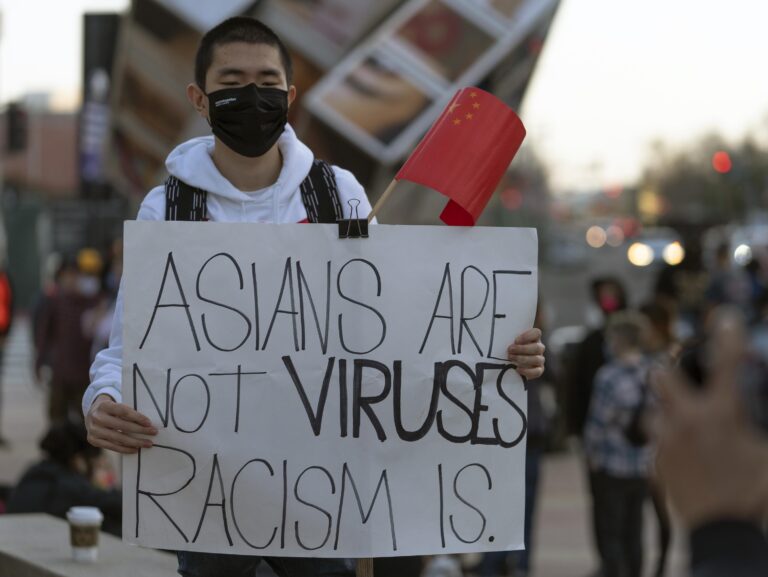San Diego County is home to a diverse population, but it also harbors a troubling presence: 13 active hate groups operating within its borders. According to recent tracking by the Southern Poverty Law Center and reported by KPBS, these organizations promote ideologies rooted in bigotry and intolerance, posing significant challenges to community safety and cohesion. This report examines the scope of hate group activity in the region, the types of organizations involved, and what local authorities and residents are doing to address the growing concern.
Hate Groups Operating in San Diego County Examined
San Diego County has become a focal point for increasing activity from various hate groups, with law enforcement agencies tracking a total of 13 active organizations operating within the region. These groups vary in their ideologies, ranging from extremist nationalist factions to racial and religious supremacists. The presence of these groups poses significant challenges to community safety and underscores the need for ongoing vigilance and intervention.
Authorities have reported that these organizations often leverage online platforms to recruit members and organize events, complicating efforts to monitor their actions effectively. The following breakdown highlights the categories of hate groups identified:
- White Supremacist Groups – Known for promoting racial hatred and violence.
- Anti-LGBTQ+ Organizations – Focused on opposing rights and equality initiatives.
- Anti-Government Extremists – Often engaged in conspiracy-driven rhetoric and militia activities.
- Religious Intolerance Factions – Targeting specific faith communities.
| Group Type | Number Operating | Primary Activity |
|---|---|---|
| White Supremacist | 5 | Recruitment and Rallies |
| Anti-LGBTQ+ | 3 | Propaganda Distribution |
| Anti-Government | 3 | Militia Training |
| Religious Intolerance | 2 | Hate Speech Campaigns |
Impact on Local Communities and Social Cohesion
The presence of thirteen active hate groups within San Diego County has significantly strained the social fabric, disrupting community harmony and fostering an environment of fear and mistrust. These groups often target marginalized populations, exacerbating divisions and fueling cycles of discrimination and violence. Local organizations and residents face heightened challenges as their efforts to cultivate inclusivity and mutual respect are under constant threat from these hostile influences. The ripple effects extend beyond direct victims, impacting businesses, schools, and public spaces as communities grapple with tensions and heightened security concerns.
Communities have responded with various grassroots initiatives aimed at restoring cohesion and counteracting hate-fueled narratives. Collaborative outreach programs, educational workshops, and public awareness campaigns are critical in promoting empathy and understanding across divergent groups. Still, the ongoing infiltration of hate ideologies necessitates sustained vigilance and proactive policy measures. Below is a summary of the key impacts observed at a community level:
| Impact Area | Description |
|---|---|
| Community Safety | Increased concerns leading to neighborhood watch programs and police engagement |
| Economic Activity | Local businesses face boycotts and vandalism in affected areas |
| Education | Schools incorporate anti-bias curricula and support services for at-risk youth |
| Public Engagement | Reduced participation in community events due to fear and polarization |
- Social Fragmentation: A rise in segregation along racial, religious, and ideological lines.
- Civic Response: Increased volunteerism in anti-hate and reconciliation initiatives.
- Mental Health: Elevated stress and trauma reported among targeted populations.
Law Enforcement Responses and Monitoring Efforts
In response to the tracking of 13 hate groups within San Diego County, local law enforcement agencies have significantly ramped up their surveillance and intervention measures. These efforts include increased community patrols, the establishment of specialized task forces focusing exclusively on hate-related incidents, and enhanced cooperation with federal entities such as the FBI and the Department of Homeland Security. Authorities have also invested in state-of-the-art analytical tools to monitor online activity, aiming to thwart hate-driven mobilization before it can manifest physically.
Key components of the law enforcement strategy include:
- Proactive outreach: Engaging with community leaders and organizations to foster trust and encourage reporting.
- Information sharing: Coordinating data exchange across multiple law enforcement levels to maintain a cohesive monitoring network.
- Public awareness campaigns: Educating residents about signs of radicalization and channels to alert authorities.
- Training programs: Equipping officers with specialized guidance on recognizing and addressing hate crimes.
| Measure | Impact | Status |
|---|---|---|
| Community Patrols | Increased neighborhood presence | Active |
| Task Forces Formation | Specialized case handling | Ongoing |
| Digital Surveillance | Early threat detection | Enhanced |
| Public Education | Improved community vigilance | Continuous |
Strategies for Community Awareness and Prevention
Empowering communities through education is key to combating the influence of hate groups. Local organizations and schools are increasing efforts to host workshops and forums that examine the history and impact of hate movements, fostering dialogues that encourage empathy and resilience. Culturally inclusive programs that highlight diversity have proven effective in building understanding and dismantling stereotypes, which serve as the foundation for extremist ideologies.
Additionally, collaboration between law enforcement, community leaders, and advocacy groups enhances prevention strategies. These partnerships focus on early identification of hate-related activities and swift intervention. Important initiatives include:
- Neighborhood watch groups trained to report suspicious behavior
- Anonymous tip lines promoting community involvement without fear of retaliation
- Social media monitoring to track and counteract hate speech online
| Initiative | Primary Focus | Community Impact |
|---|---|---|
| Workshops & Forums | Education & Awareness | Increased empathy |
| Neighborhood Watch | Surveillance & Reporting | Early intervention |
| Tip Lines | Safe Reporting | Empowered residents |
| Social Media Monitoring | Online hate speech | Reduced radicalization |
Concluding Remarks
As San Diego County continues to grapple with the presence of these 13 hate groups, community leaders and law enforcement agencies emphasize the importance of vigilance, education, and proactive measures to counteract hate-fueled activities. Efforts to monitor and address extremism remain crucial in fostering a safer and more inclusive environment for all residents. Continued public awareness and cooperation will be essential in confronting the challenges posed by these groups and upholding the values of diversity and mutual respect within the region.







